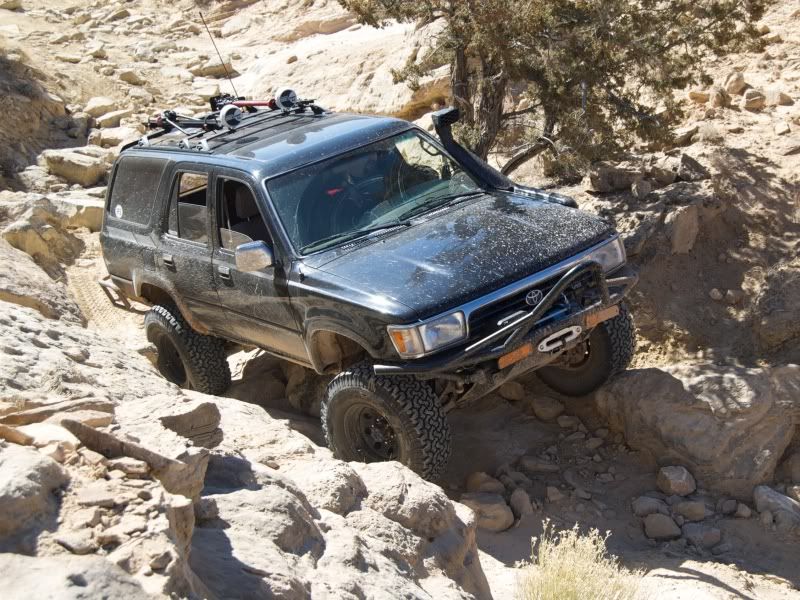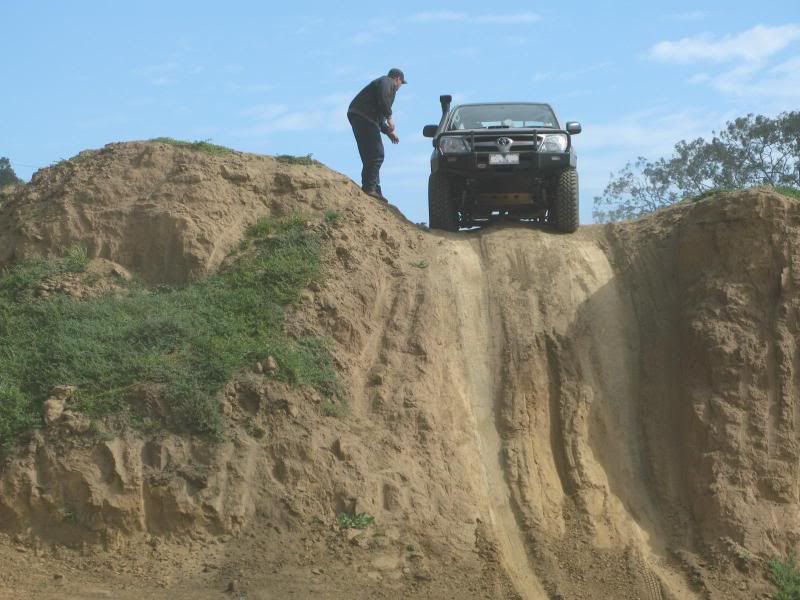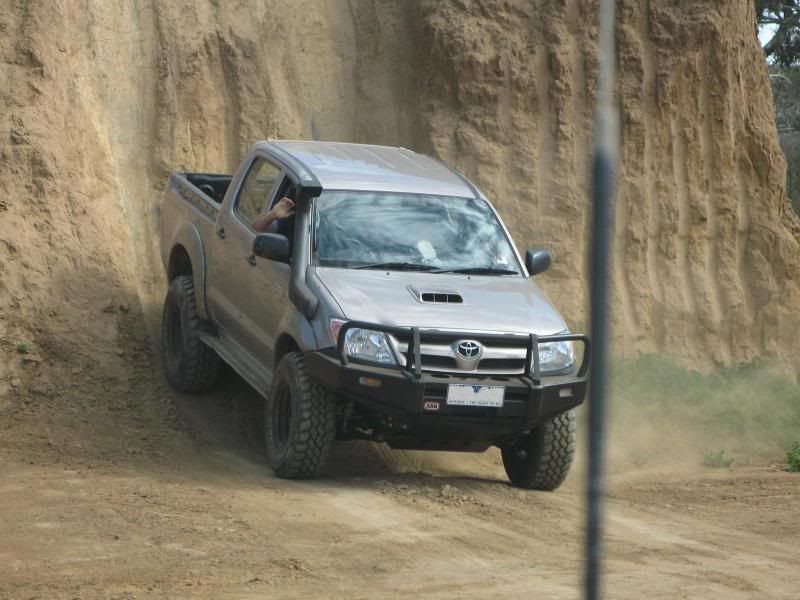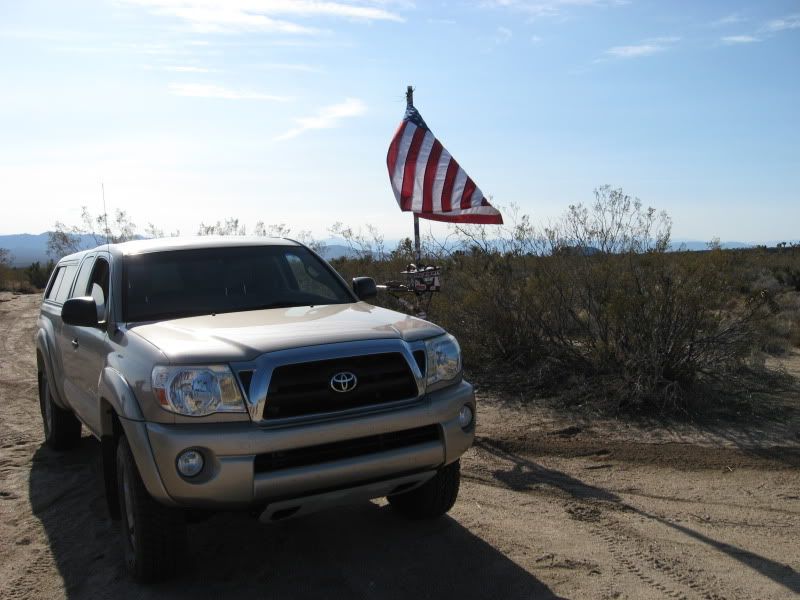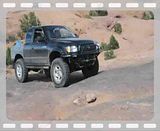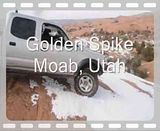So many things come into that equation that it actually gets a little thick reading about and tiring trying to list all the variables involved that are required just to begin to have a good discussion on that one. You know what I mean? So many factors go into the traction equation, and it gets really unscientific quickly when it comes down to comparisons. Like what tread and rubber compound was in each set of tires, what pressures were they at, how did the road conditions vary that day (even air temperature effects traction) did you regear your truck when you went from 265 70's (about a 31.7-inch dia. tire) to the 255 85's (about a 33.5-inch dia. tire) and if so what gearing did you go to, and to what extend does that affect torque at the wheels... also what else did you do to the truck at the time that might have affected breaking a tire loose on pavement (like added weight in recovery gear, tools, armor, extra battery, aux fuel/water cans, etc. etc.). Then when your comparisons go from one truck and one driver to another taking into account differences in subjective experience... you see how the variables are so great at some point they discount anything we consider to be actual results.
Also, the contact patch PSI is really primarily an argument which pertains to driving in terrain in which the traction would benefit by the tire tread conforming to the uneven surface of the terrain (like rocks) better by forcing more weight into the smaller contact patch thus forcing the rubber into and around the rock depressions and ridges providing more grip or traction. Its like the difference between trying to go rock climbing using just the flat pads of your hands (which don't conform to the rock much) vs gripping the rock with your fingers and shaping your hands to the surface better... So on flat pavement traction is less affected by contact patch PSI in terms of the tire conforming to the sruface... so that contact patch PSI theory does not really apply as much. Certainly to some degree a tire with more weight on it grips better even on the pavement, its just that the argument really has its strength when it pertains to rough surfaces.
I am on my second set of 255 85 16 KM2s and I still cannot definitively tell you whether I love them so much (whether they perform so well) because of the tread pattern, the rubber compound, the tire diameter, tire width, or some combination of all of the above. I went with a skinny tire because I wanted to prioritize tire diameter, going as large in diameter as I could to gain max ground clearance without cutting the truck to get the tire to fit into the wheel wells. With a narrow tire, I could go taller than a wide tire before it really started to rub. So the skinnys won out. I don't even particularly like the look of skinny tires. I prefer fat tires, which look beefier and just seem like they would be more capable with all that grip surface and flotation. But I have only ever once been let down by the traction of these tires, and that was in soft sand without airing them down as far I should have. In the rocks, dirt, snow, mud, pavement, concrete, brush, gravel, cobble, water, etc. I love these tires -- even though I don't like how they look on the truck, I can't deny the performance, so I keep coming back for more. And again, that is so incredibly unscientific that it means nothing anyway.

They work well for my truck and my driving style, I know that much.

